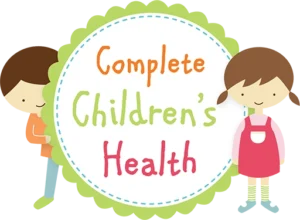Newborn jaundice is very common, affecting up to 60% of full-term babies and even more in those born early. It often shows up within the first few days of life and can be worrying for new parents—especially when it appears so soon after birth. But in most cases, jaundice is harmless, temporary, and easily managed with monitoring and support.

What is jaundice?
Jaundice is a yellowing of the skin and the whites of the eyes. It happens when there’s too much bilirubin in the baby’s blood. Bilirubin is a yellow pigment that’s produced as the body breaks down old red blood cells. In adults and older children, the liver processes and removes it from the body. But in newborns, the liver is still immature, so it may take a few days to catch up with the amount of bilirubin being produced.
When does it appear?
Most babies will develop some level of jaundice between days 2 and 5 after birth. It usually starts on the face and moves down the body. The yellow colour is often more visible in natural light, and it may come and go over a few days.
For the vast majority of babies, jaundice clears up on its own by two weeks of age (a bit longer in breastfed babies), with no lasting effects.
When is it a concern?
While jaundice is usually mild and harmless, there are times when it needs closer attention. High levels of bilirubin can sometimes affect a baby’s brain, so it’s important to monitor and manage jaundice if it becomes more severe.
You should contact your doctor, midwife, or child health nurse if your baby:
- Looks very yellow, especially in the arms or legs
- Seems unusually sleepy or difficult to wake
- Is feeding poorly or not gaining weight
- Has very pale stools or dark urine
In some cases, blood tests may be needed to check bilirubin levels and determine whether treatment is required.
What causes it?
Most jaundice in newborns is known as physiological jaundice—a normal response to a baby’s developing liver. Other causes include:
- Breastfeeding jaundice – when babies aren’t feeding enough in the early days
- Breast milk jaundice – a harmless condition linked to substances in breast milk that affect how bilirubin is processed
- Blood type incompatibility – where the baby’s blood type causes a faster breakdown of red blood cells
How is it treated?
Mild jaundice usually doesn’t need any treatment other than regular feeding, which helps the baby pass bilirubin out through their bowels. In more significant cases, phototherapy may be used. This involves placing the baby under a special blue light that helps break down bilirubin in the skin. It’s safe, painless, and effective.
The bottom line
While it can be unsettling to see your newborn looking yellow, jaundice is incredibly common and, in most cases, nothing to worry about. Regular feeding, close observation, and a little time are often all that’s needed. If you’re ever unsure, reach out—your healthcare team is there to guide you and make sure your baby gets exactly the care they need.
